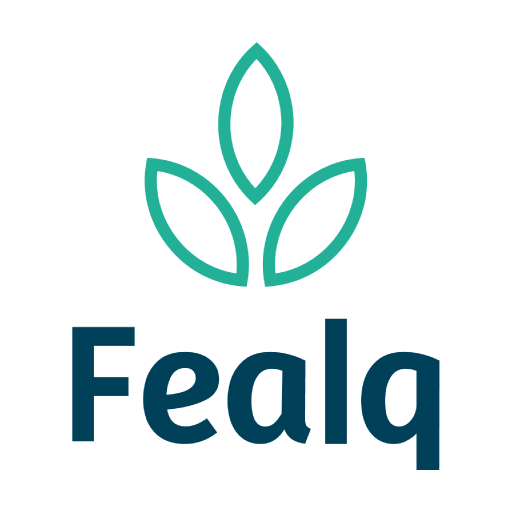Giulio B. Santoro, Paulo G. Molin, José M. S. M. Viveiros, Giovanna de Andrade Ferreira, Vinicius M. Costa, Leo E. Haneda, Melodie K. S. D. Sinegalia, Laury Cullen Jr, Pedro H. S. Brancalion, Carlos A. Silva, Danilo R. A. de Almeida
Abstract
Monitoring forest dynamics is crucial to understanding forest succession drivers and ensuring successful restoration outcomes. Laser scanners onboard robust drone systems are valuable for penetrating forest canopies and providing structural details. With the growing accessibility to low-cost drones equipped with advanced optical sensors, photogrammetry emerges as a potential and cost-effective alternative for monitoring forest restoration. Our goal was to explore the potential of monitoring tropical forest restoration sites using low-cost drones as an alternative to airborne laser scanning. Using linear regression, we compared five canopy-derived metrics as well as aboveground carbon density (AGCD) models fitted from mean canopy height. Data were collected over 30 plots of 900 m2 sampled across restoration plantations of different ages. Results showed a strong relationship between both laser scans and low-cost optical sensors for canopy metrics, with r2 = 0.83–0.99, root mean squared error (RMSE) % = 5.41–27.25%, and mean absolute error (MAE) % = 3.81–16.41%. Central tendencies (e.g. mean height) were more reliably estimated, while metrics related to canopy height variation tended to be overestimated by optical sensors. The AGCD models showed little difference, with high r2 values (0.87 and 0.86) and very similar estimated RMSE% (30.02 and 31.33%) and MAE% (25.15 and 25.37%), for both laser scanners and optical sensors, respectively. Our findings demonstrate that digital aerial photogrammetry can produce results comparable to laser scanning in assessing the canopy structure of restored forests, serving as a cost-efficient alternative for restoration monitoring, particularly in regions with financial or logistical constraints for laser scanner surveys. However, optical data have limitations in capturing reliable terrain information in densely forested areas.






